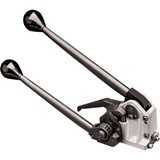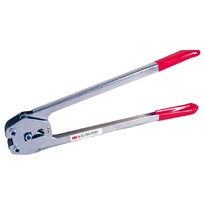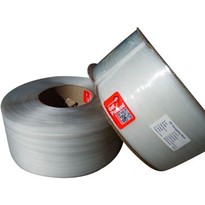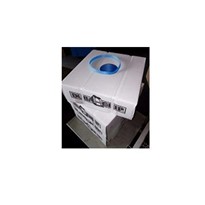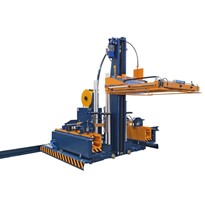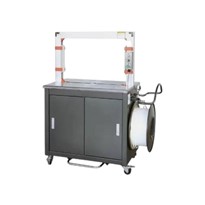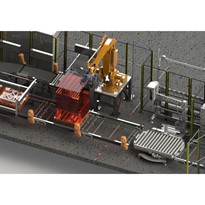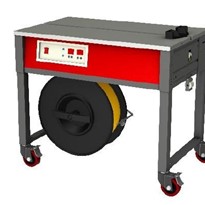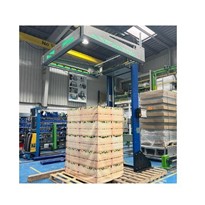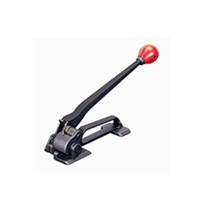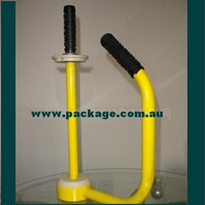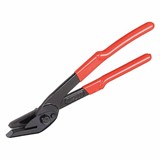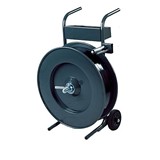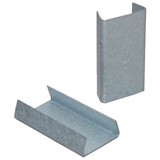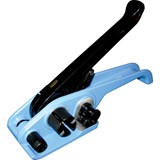As Signet has multiple warehouses to run, they understand the challenges that warehouses face when trying to improve efficiency in various processes – including strapping.
While one of the simplest ways to improve efficiency is to invest in machinery, it is important to look at all of the factors when making that decision.
Why change your strapping method?
An important consideration factor is the time savings that could be generated. Cutting the strap, wrapping it around your boxes and then sealing it with a buckle or seal takes time. Those minutes could be better utilised in other areas of your business.
Hand strapping can also highlight other potential risks, including:
- Inconsistent strapping tension – this could lead to your items moving while they are being transported and getting damaged.
- Unnecessary waste – if you are strapping boxes together and 30cm of strapping is being pulled from the roll and thrown away each time, the strapping is not being used efficiently. This could also mean that strapping is ordered more frequently than actually required and increasing your expenses.
- Increased risk of OH&S injuries – injuries from incorrect bending, stretching or using equipment incorrectly etc. are common risks associated with most manual labour tasks. Reducing some of the manual labour can help minimise those risks.
What are the benefits of switching to a strapping machine?
Time savings are one of the most significant benefits that machinery can create. Imagine if your team had the opportunity to use the time that was previously spent hand strapping boxes upskilling to help create efficiencies in other parts of your business or creating Continuous Improvements measures that could make their day run even smoother – what else could your business gain?
Additional benefits include:
- Standardised wastage – by standardising your strapping process, there could be a reduced amount of waste, as employees aren’t using more strapping than necessary to complete the job. This could also create flow on stock and cost benefits, as less strapping would be needed to complete the same activity when using a machine.
- Consistent tension – securely strapping your items is key to reducing the risk of damage during transportation.
- Reduced costs – when using hand strapping, additional items are required. Removing the need for additional buckles or seals etc. to finish strapping your goods is a great factor to keep in mind when looking at a machine.
- Safer OH&S practices.
What challenges do strapping machines create?
Just like any change to your business and its processes, the potential challenges need to be considered.
Possible challenges include:
- Lack of space – machine footprints can vary from 750mm in length x 550mm in width to 1180mm in length x 620mm in width. If you have a small or limited amount of space available, making room for a machine could be difficult.
- Power outages and possible downtime as a result.
If you strap more than 25 items a day, a strapping machine could be the solution you have been looking for to improve efficiency. You could also see savings in as little as 6 months.
Click here to find out more and to view the full range of strapping machines.



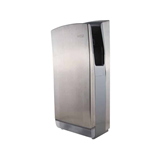
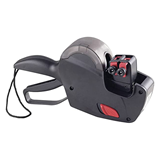
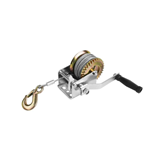
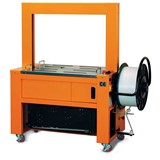
-160x160-state_article-rel-cat.png)
